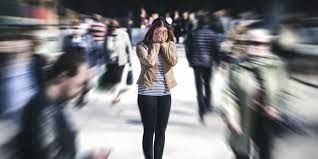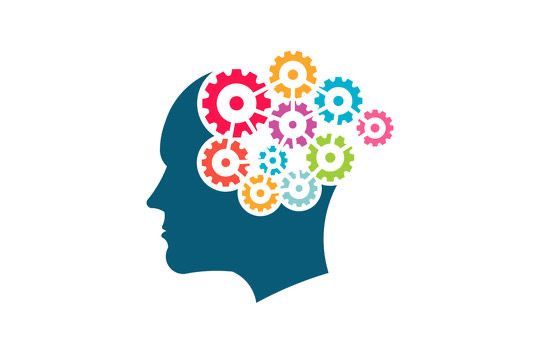A phobia is an obsessive fear of an object or situation that exists over a long period of time. People with phobias have no rational explanation for their fears, and often there is no discernible cause. People with phobias worry about imagined events that are unlikely to happen in reality or are only a remote possibility. Phobias can cause a range of symptoms from mild anxiety to debilitating symptoms similar to those of panic disorders.
What is Agoraphobia?
Agoraphobia is not, as many people believe, just about open spaces. It is really a fear of being in any place or situation where the sufferer does not feel safe or where they feel trapped. This may mean that they avoid these places and are driven by an uncontrollable urge to escape to a place of safety, in most places cases his/her own home.
Taking all these factors into account, it is not surprising that sufferers of agoraphobia do not venture very far from home. Agoraphobics tend to be afraid of losing control in certain situations and being negatively judged by others.
Some Agoraphobics find they can get further from their place of safety if accompanied by a trusted friend. Others prefer being on their own so that they don’t inconvenience anyone if they feel the need to escape.
It is not surprising that sufferers try to avoid these awful sensations caused by the rise in adrenaline related to their stress and fear. Regrettably, by doing so they are reinforcing their fears.
Common situations avoided by agoraphobics
- Travelling
- Shopping, any situation where queuing is involved
- Keeping appointments, hospital dentist, hairdresser, etc.
- Visiting friends or inviting friends to visit
- Attending family celebrations
- Attending school, lectures or employment
Understanding the Fear Factor
All phobias are centre around our natural reactions to fear. Phobias sufferers are really afraid of the feelings of fear that accompany their feared situation. Nearly all phobias are centred round around situations, places, object or animals which cannot possibly harm them.
Fear is a natural response in all of us. It keeps us safe by making sure that most of the time we are not in dangerous situations. However sometimes when we are not thinking about what we are doing, we do things that are dangerous, e.g. stepping off the pavement without looking and almost getting run over. The vehicle, as it is getting close, will probably sound its horn and our ‘fear response’ will get us out of danger. The shock to our system, when something like this happens, is enormous and very unpleasant. This may cause us to have some unpleasant symptoms, sweating, shaking, trembling, feeling nauseous, and our heart pounds. Without our fear response, we would not have reacted but stood where we were on the road and the consequence of that is not hard to imagine.
Fear is a skill, which we have learned as we grow up. How many times do we see children run onto a busy road? They have not learned the fear response.
It can be seen clearly that fear in the right place is essential to our well-being. Without it, I doubt if most of us would survive very long. Having established that we need to survive, what has this to do with phobias? The answer is that, over a long period of time, sufferers have learned too much fear so they can be so frightened when there is nothing to be afraid of.
Support
No Panic UK
No Panic is a registered charity that helps and supports those living with Panic Attacks, Phobias, Obsessive Compulsive Disorders and other related anxiety disorders.
No Panic also provides support for the carers of people who suffer from anxiety disorders.
As well as our 365-day-a-year helpline and 24-hour crisis message, we also offer individual and group services.
While much of our help is CBT-focused, we are not Cognitive Behavioural Therapists. Our philosophy is one of self-help based on relaxation and the use of CBT strategies. And we believe that this offers the best chance of recovery when professional help is unattainable.




